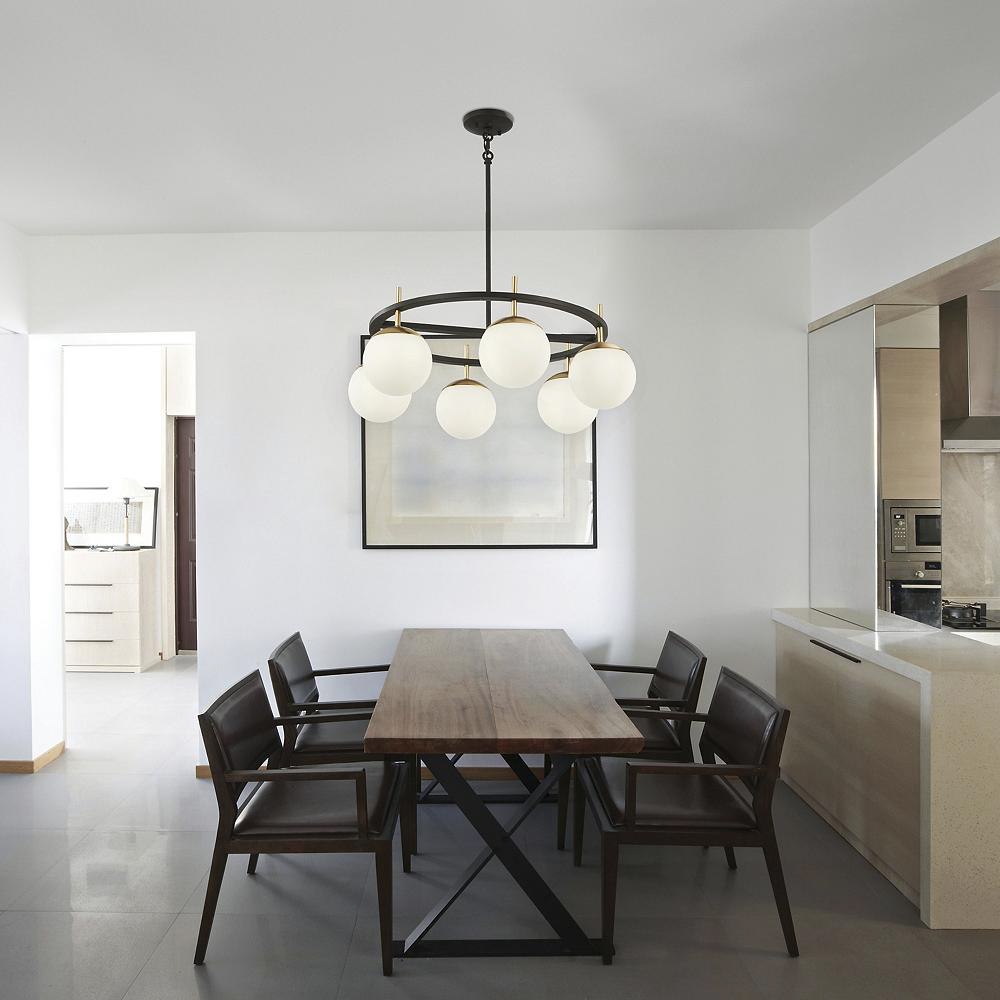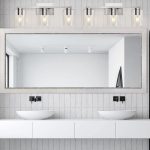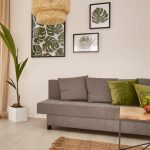
Lighting Up Your Space with Perforated Light: The Art and Functionality of Decorative Illumination
The Science of Light and Decoration
Perforated light is a type of decorative illumination that involves light passing through a perforated pattern. It has been used throughout history in architecture and art, but in recent years, it has been gaining popularity in interior design. When light passes through a perforated pattern, it creates a unique interplay between light and shadow, making it a visually striking addition to any space.
The science behind perforated light lies in the concept of diffraction. Diffraction is a phenomenon that occurs when light waves pass through a small gap or aperture. When light waves pass through the perforations in a pattern, they diffract, or bend, around the edges of the holes. This results in a pattern of bright and dark areas that is projected onto the surrounding surfaces.
The Benefits of Perforated Light
Perforated light offers numerous benefits for both aesthetic and functional purposes. Firstly, it adds a unique and visually appealing element to any space. A perforated lighting fixture can function as a piece of art and creates a striking focal point for any room. The shadows and patterns created by perforated light can also add depth and complexity to an otherwise plain wall or ceiling.
Moreover, perforated light fixtures can also be used to create a specific atmosphere in a room. The pattern of light and shadow created by perforated light can be adjusted to create a warm and intimate environment, or a bright and invigorating atmosphere, depending on the desired effect.
Finally, perforated light fixtures can also be used to enhance the functional aspects of a space. For example, a perforated pendant light in a kitchen can cast a pattern of light and shadow onto the countertop, making it easier for the user to see what they are working on. Similarly, a perforated wall sconce can create a soft and diffused light that is perfect for reading or relaxing.
Using Perforated Light in Interior Design
Perforated light fixtures come in a variety of shapes and sizes, making it easy to incorporate them into any interior design scheme. They can be used to create a statement piece, such as a large perforated pendant light in a living room, or as a subtle addition, such as a perforated wall sconce in a hallway.
When choosing a perforated light fixture, it’s important to consider the perforation pattern and the type of light source that will be used. The perforation pattern can be a simple grid or a more elaborate design, depending on the desired effect. The type of light source also plays a role in the final result. A warm and inviting atmosphere can be created with a traditional incandescent or warm white LED bulb, while a cooler, more modern atmosphere can be achieved with a cool white LED bulb.
Care and Maintenance of Perforated Light Fixtures
Perforated light fixtures require regular care and maintenance to ensure they remain looking their best. The perforations can collect dust and debris over time, which can obstruct the light and create a less desirable pattern. To clean a perforated light fixture, use a soft cloth or brush to gently remove any dirt or debris. Avoid using water or harsh chemicals, which can damage the perforations or the light source.
Additionally, it’s important to choose a light source that matches the wattage and type recommended by the manufacturer. Using a bulb that is too powerful can cause the perforations to overheat and become damaged, while using a bulb that is not powerful enough can result in insufficient light output and a less effective perforation pattern.




